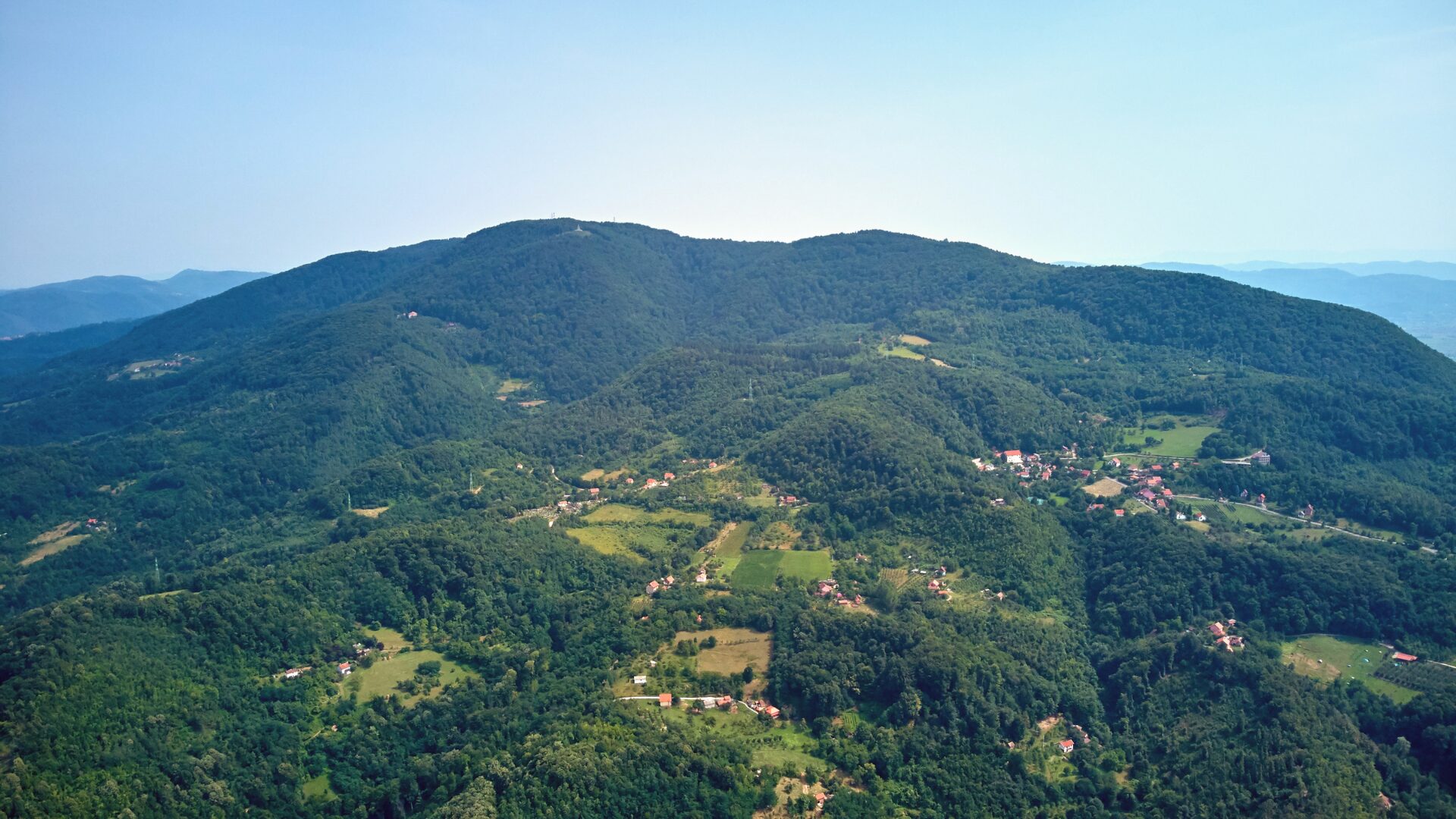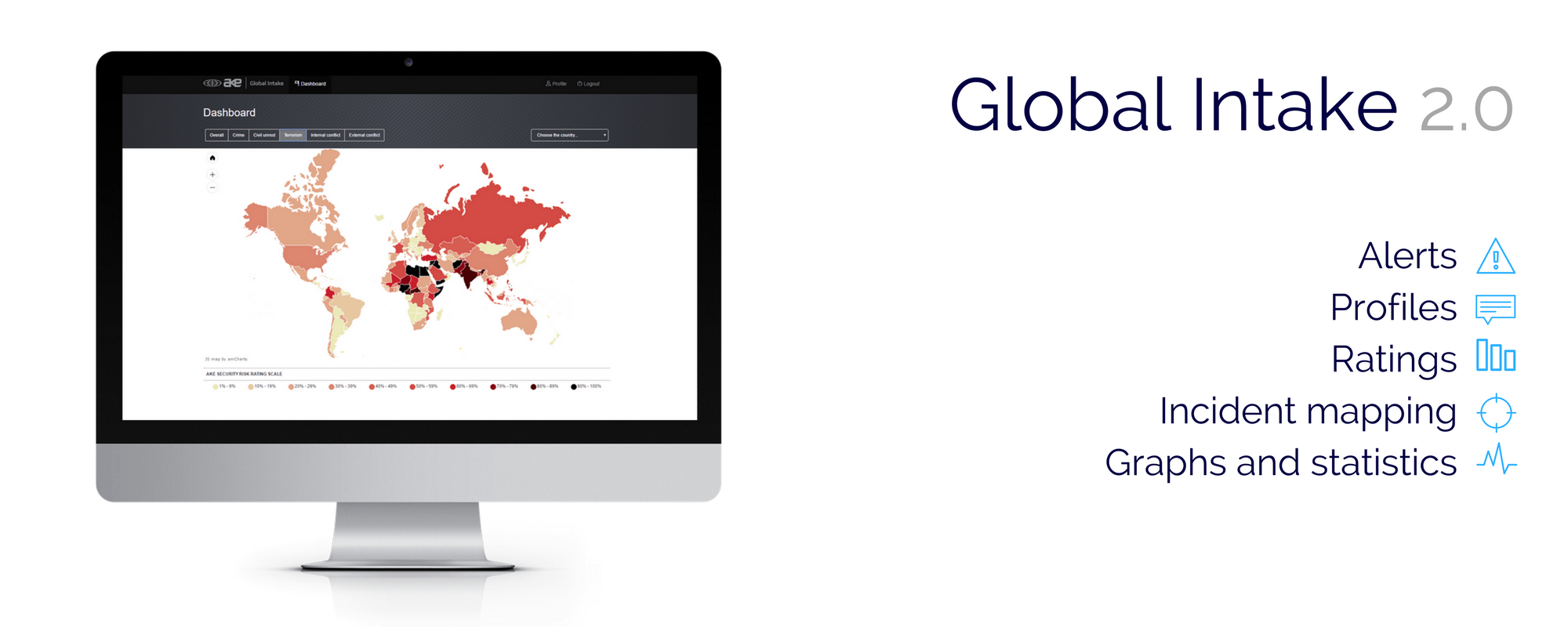Date first published: 06/08/2024
Key sectors: all; mining; automobile industry
Key risks: civil unrest; frustration of process; business risks; supply chain disruption
Risk development
On 29 July thousands of people protested against Anglo-Australian mining firm Rio Tinto’s planned lithium mine in Jadar Valley in the towns of Sabac, Kraljevo, Arandjelovac and Ljig. This came after on 16 July Belgrade reinstated Rio Tinto’s licence to develop the US$2.4bln mine following a 12 July ruling by the Constitutional Court that the former government’s January 2022 decision to revoke the licence was unconstitutional. On 19 July Belgrade and Brussels signed a memorandum of understanding (MoU) on a “strategic partnership” on critical raw materials, battery supply chains and electric vehicles during German Chancellor Olaf Scholz’s visit to Belgrade.
Why it matters
If completed, the Jadar project would be the biggest lithium mine in Europe, covering 90 per cent of the continent’s lithium needs. The 19 July MoU signed by Belgrade and Brussels highlighted the strategic importance of the lithium mine as the European Union (EU) seeks partners to cut its dependence on China. The reinstatement of Rio Tinto’s license marks a positive step for the Serbian economy and the European supply chain of lithium – a key component of electric vehicle (EV) batteries. However, the Jadar project faces widespread opposition, with disruptive protests in December 2021 and January 2022 forcing the government to revoke the licence. The 29 July protest indicated that unrest can re-erupt as the project progresses, potentially turning disruptive, with protesters claiming to “block the country” should parliament fail to adopt a ban on lithium and borate exploitation.
Background
Earlier protests against the project began in July 2021, centred around the city of Loznica which is located near the mine’s planned construction site. In November the protests spread across the country, prompting Belgrade to suspend proposed expropriation and referendum laws which activists claimed were designed to benefit foreign companies, including Rio Tinto. By December, protests regularly blocked roads in cities countrywide, including Belgrade, Nis, Subotica, Loznica and Kragujevac. Against this backdrop, and with upcoming parliamentary and presidential elections in April 2022, the government of Prime Minister Anna Brnabic and the ruling Serbian Progressive Party (SNS) of President Alexandar Vucic decided to revoke Rio Tinto’s license for the project.
The unprecedented backlash against Rio Tinto was fuelled by the firm’s heavily criticised record on environmental and community protection, as well as Jadar Valley’s crucial role as a source of Serbia’s domestic agricultural products and related concerns around the potential effect of environmental degradation. Belgrade’s shift in stance on the Jadar project triggered concern among investors since the government had traditionally sought to attract foreign direct investment.
Risk outlook
It remains unclear if the current protest movement will gain sufficient momentum to once again threaten the Jadar project’s completion. Vucic’s government has consolidated its position following the December 2023 parliamentary elections and appears determined to see the project through. However, many grassroots opposition groups that mobilised the previous movement to abandon the project have remained active in the country and repeatedly warned that Rio Tinto and the government would attempt to revive the project. Activists have vowed to intensify their protests and block national roads across the country in the coming days. The demonstrations are likely to be peaceful, although blockades and disruptions to transport are likely and police may intervene to disperse disruptive protests. Additionally, as there is a precedent of protests turning violent in the country, sporadic violence and clashes between protesters and police cannot be entirely ruled out.



